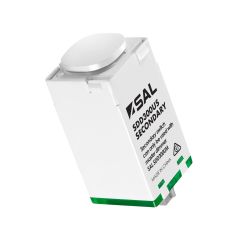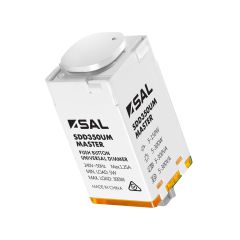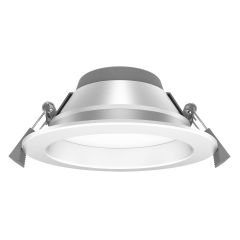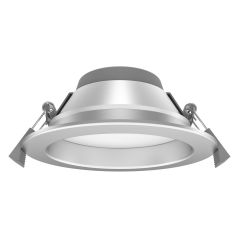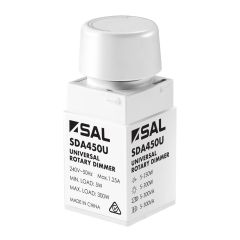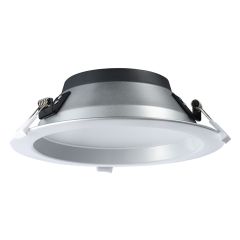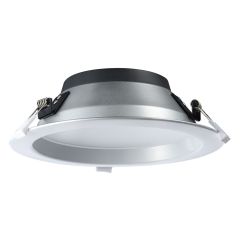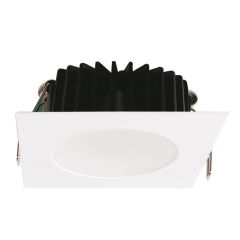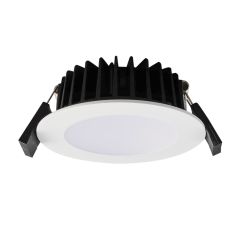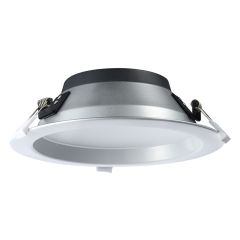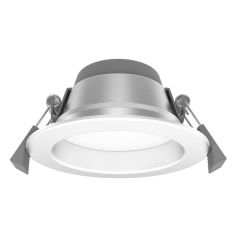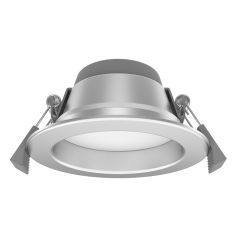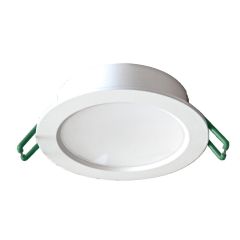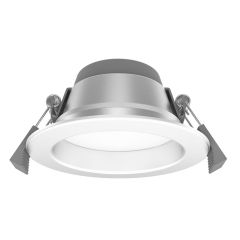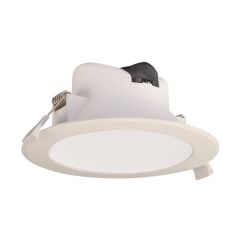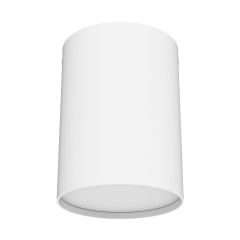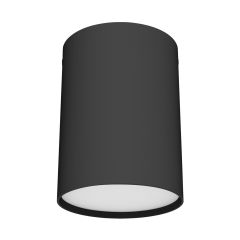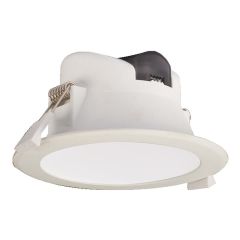SAL Sunny Interior Lighting
For SAL, you'll find an extensive collection of LED lighting solutions that are designed to cater to a wide range of needs and preferences. Their product range encompasses LED downlights, panels, linear profiles, highbays, track lights, strip lights, oysters, lamps, architectural profiles, and emergency luminaires. This diverse assortment provides customers with a wealth of options to choose from when it comes to colours, wattages, and dimming functions. As a result, customers can customize their lighting experience to precisely match their specific requirements.
Whether you're looking to create a warm and cozy atmosphere in your living space using dimmable downlights or aiming for a sleek and modern ambiance with the help of linear profiles, SAL's offerings are designed to provide abundant choices that effectively meet your lighting needs. With their extensive range, SAL ensures that customers have the flexibility to select the perfect lighting solutions to suit their preferences, whether it's for residential, commercial, or industrial applications. The emphasis on choice and customization empowers customers to create the desired ambiance and optimize the lighting experience in their spaces.
SAL Sunny Exterior Lighting
SAL presents an enticing assortment of LED lighting solutions designed specifically for exterior applications. Their range includes a variety of options such as exterior floodlights, bollards, architectural profiles, weatherproof fixtures, and industrial bulkheads. This diverse selection encompasses an extensive range of mounting options, dimming capabilities, sensor integration, and operating choices.
When it comes to mounting, SAL offers a comprehensive array of options, ensuring that customers can easily install their chosen lighting fixtures in the desired location. Additionally, the availability of dimming capabilities allows users to adjust the brightness according to their preferences and create the desired ambiance. With sensor integration, SAL's exterior lighting fixtures can be equipped with motion sensors or other smart features, enhancing security and energy efficiency. Moreover, customers have the freedom to choose the operating method that best suits their needs, whether it's manual control, remote operation, or integration with a home automation system.
By providing this extensive range of choices, SAL empowers customers to customize their exterior lighting setups to meet their specific requirements. Whether it's illuminating a garden pathway with bollard lights or enhancing the architectural features of a building with specialized profiles, SAL ensures that customers have abundant options to fulfill their exterior lighting needs effectively and creatively.




